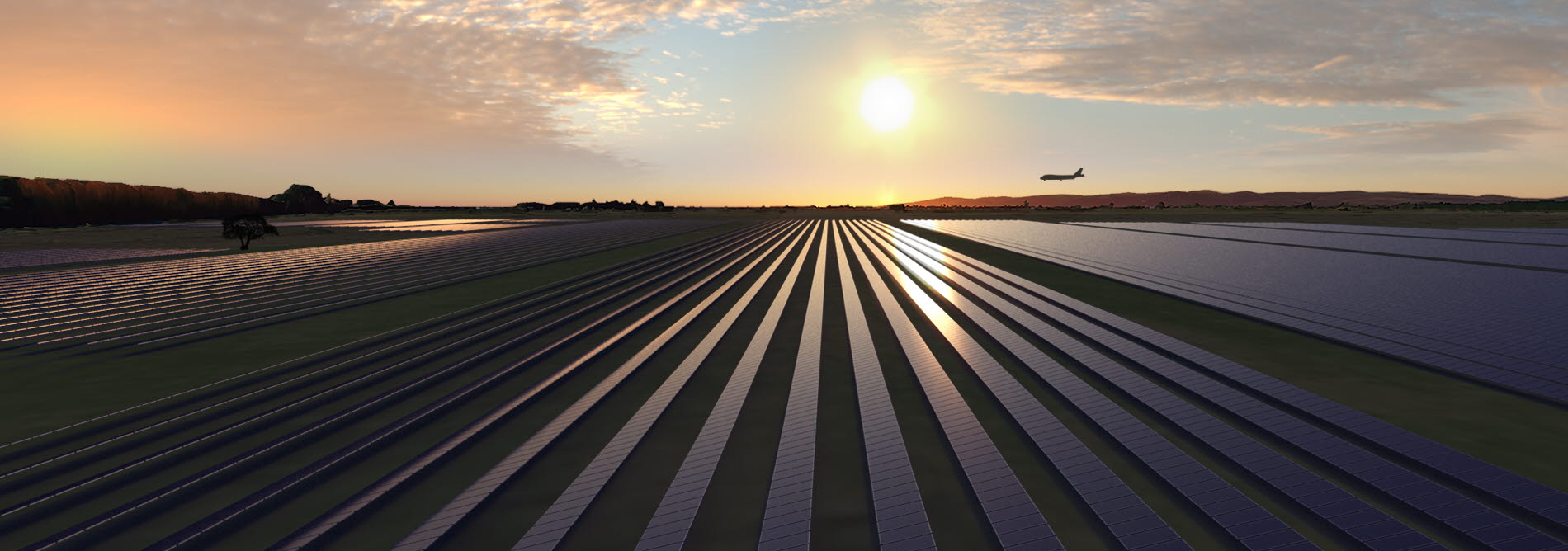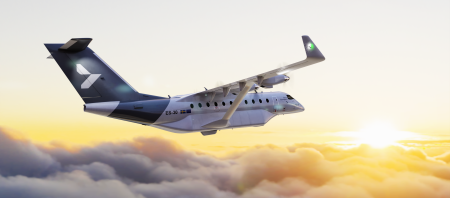15 Dec 2022
Powering towards sustainable aviation
Our renewable energy precinct, Kōwhai Park is getting closer – as are low and no carbon aircraft.
Those of you who know us well, know Christchurch Airport’s been recognised as a global leader in sustainability.
We’ve learnt a lot since we first had our greenhouse gas emissions independently audited in 2007. We’ve systematically stripped nearly 90% of Scope 1 carbon emissions out of our business – we’re 14 years ahead of our science-based targets.
We measure the terminal’s energy and water use in real time and weigh every piece of rubbish generated in the terminal (more importantly we weigh how much we divert from landfill).
There will always be more we can do, and our ambition means we have a very long ‘to do’ list in this space.
Top of that is doing what we can to help the wider economy – especially our airline partners to decarbonise too.
Climate change means aviation must decouple from fossil fuels
The industry’s set itself a big goal, Fly Net Zero, to achieve net zero carbon emissions by 2050.
This has been signed by organisations representing nearly 2,000 airports (including us), 290 airlines and the world’s largest aircraft manufacturers.
All the big fish are there and having a goal ensures we’re all swimming in the same direction.
The International Air Transport Association (IATA) has a four-pronged strategy to achieve Fly Net Zero:
- Infrastructure and operational efficiencies
- Developing new technology including electric and green hydrogen aircraft
- Sustainable Aviation Fuels (SAFs) which cut emissions by up to 80%
- Offsets and carbon capture.
The Christchurch Airport team is doing all we can to progress each of these workstreams.
We’re advising other airports on how they can decarbonise, we’re working with the manufacturers of electric aircraft to help refine their design and we’re part of Sustainable Aviation Aotearoa paving the pathway for low emissions aviation in New Zealand.
Heart Aerospace ES-30
Zero emissions flights
New Zealand could be first in the world to decarbonise domestic aviation
Our island make-up and the length of our domestic flights means we are perfectly placed to be not only a testbed for the new electric and green hydrogen aircraft but to transition our network to them.
The pressure is on New Zealand to do so. Unlike other countries, we don’t have a rail network that can serve as an alternative to aviation and creating one would be extremely costly – financially and environmentally.
Both Air New Zealand and Sounds Air are confident they’ll operate their first zero emissions flights by 2026.
Sounds Air is purchasing electric hybrid aircraft from Heart Aerospace while Air New Zealand is investigating both green hydrogen and battery hybrid systems.
Airbus is working to create the world’s first zero-emission commercial aircraft by 2035, which will be fuelled by green hydrogen.
Christchurch Airport is working to provide the green energy, these new aircraft will need
The reality is electric aircraft require large amounts of green energy. For example, electrifying just New Zealand’s fleet of ATRs (the smaller propeller aircraft that fly most regional domestic routes), could add 10% to the country’s current electricity demand.
That’s why we’re creating Kōwhai Park. We’ve dedicated 400-hectares of our land to this renewable energy precinct – stage one will be a solar array and we have plans to look at generating green hydrogen there in the future.
This is exciting. It’s us doing our bit to enable low and zero emission aviation and it’s a chance for New Zealand to pursue self-sufficiency in energy instead of relying on imported fuels.
We’ve made some huge progress since we announced the Kōwhai Park in December last year and will have an update in early 2023 as to where things are at.
There is no doubt this exciting project is getting closer.

